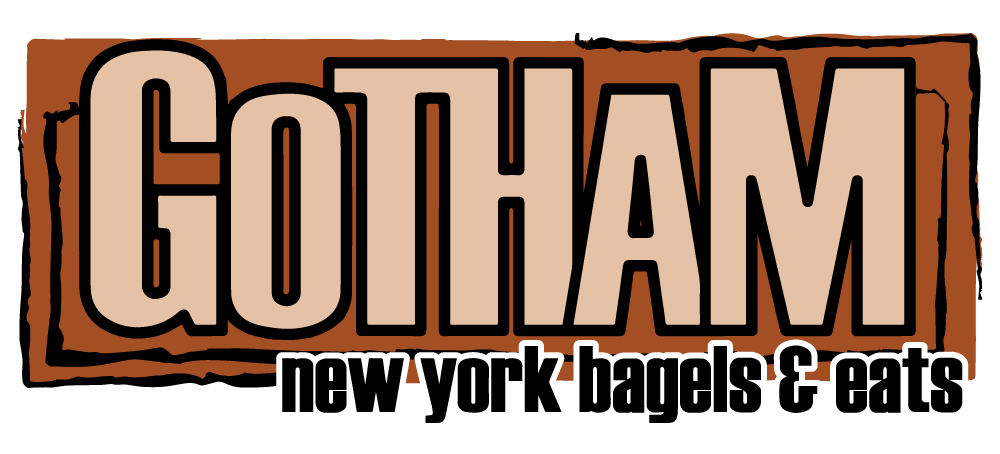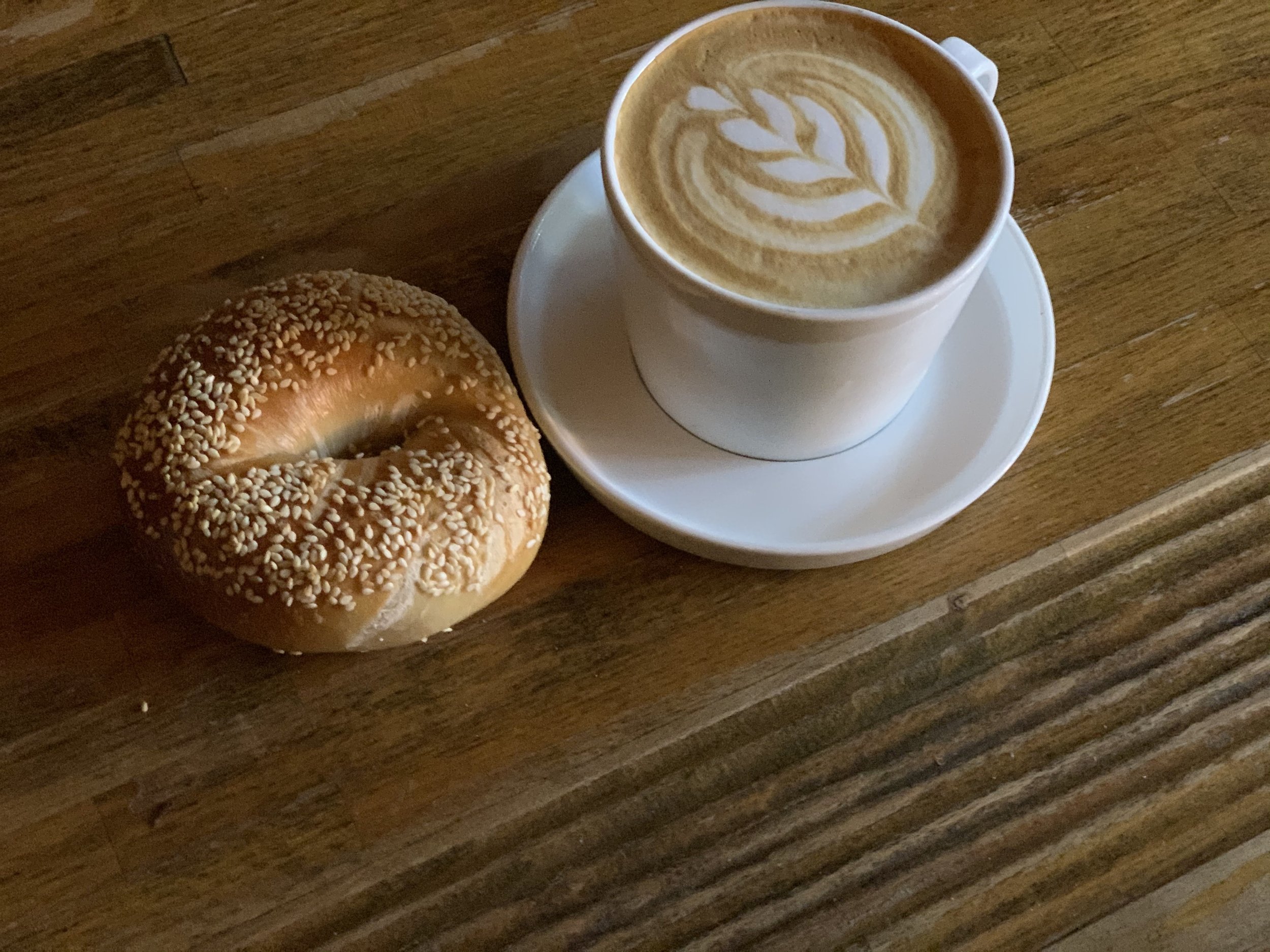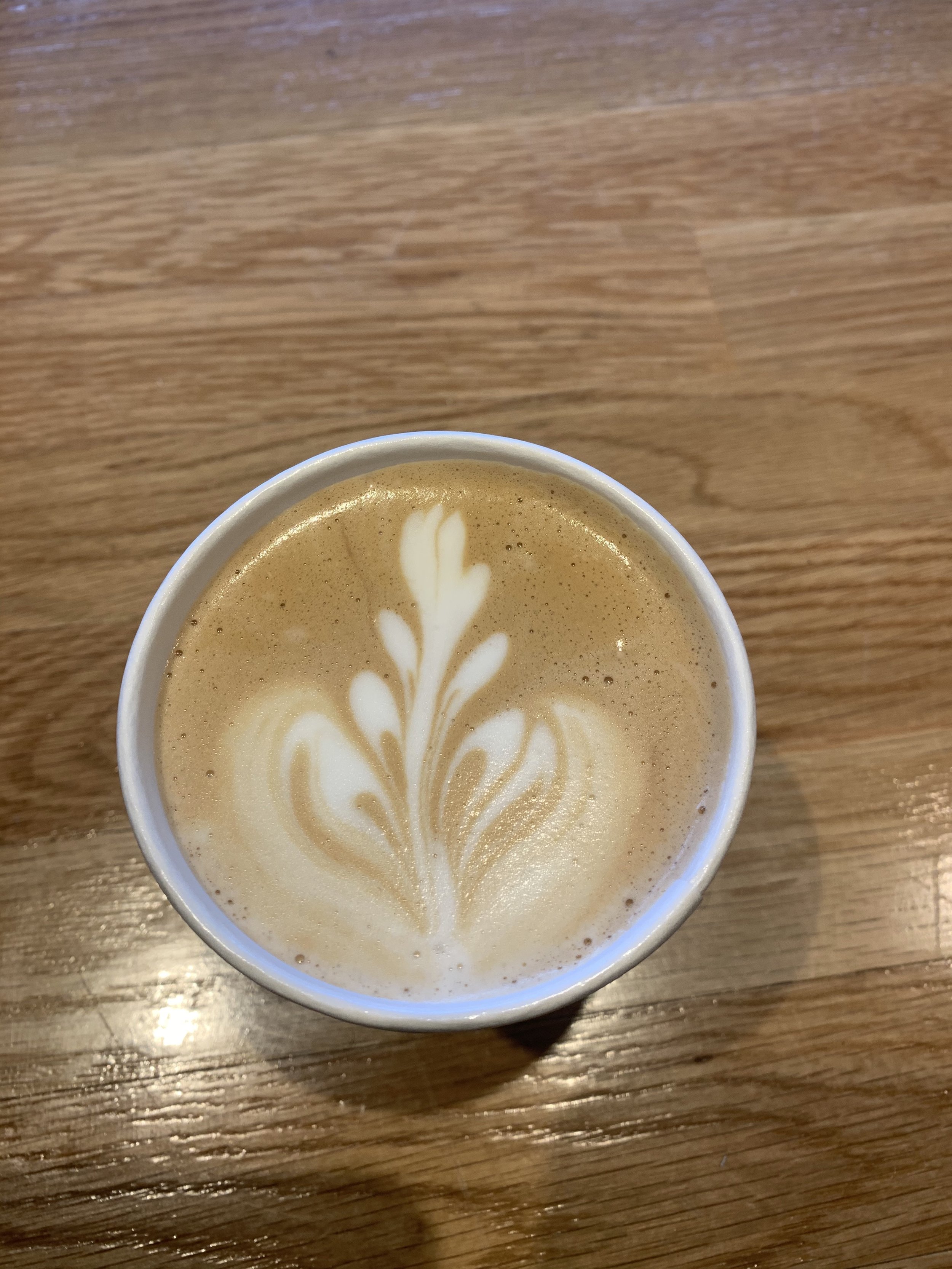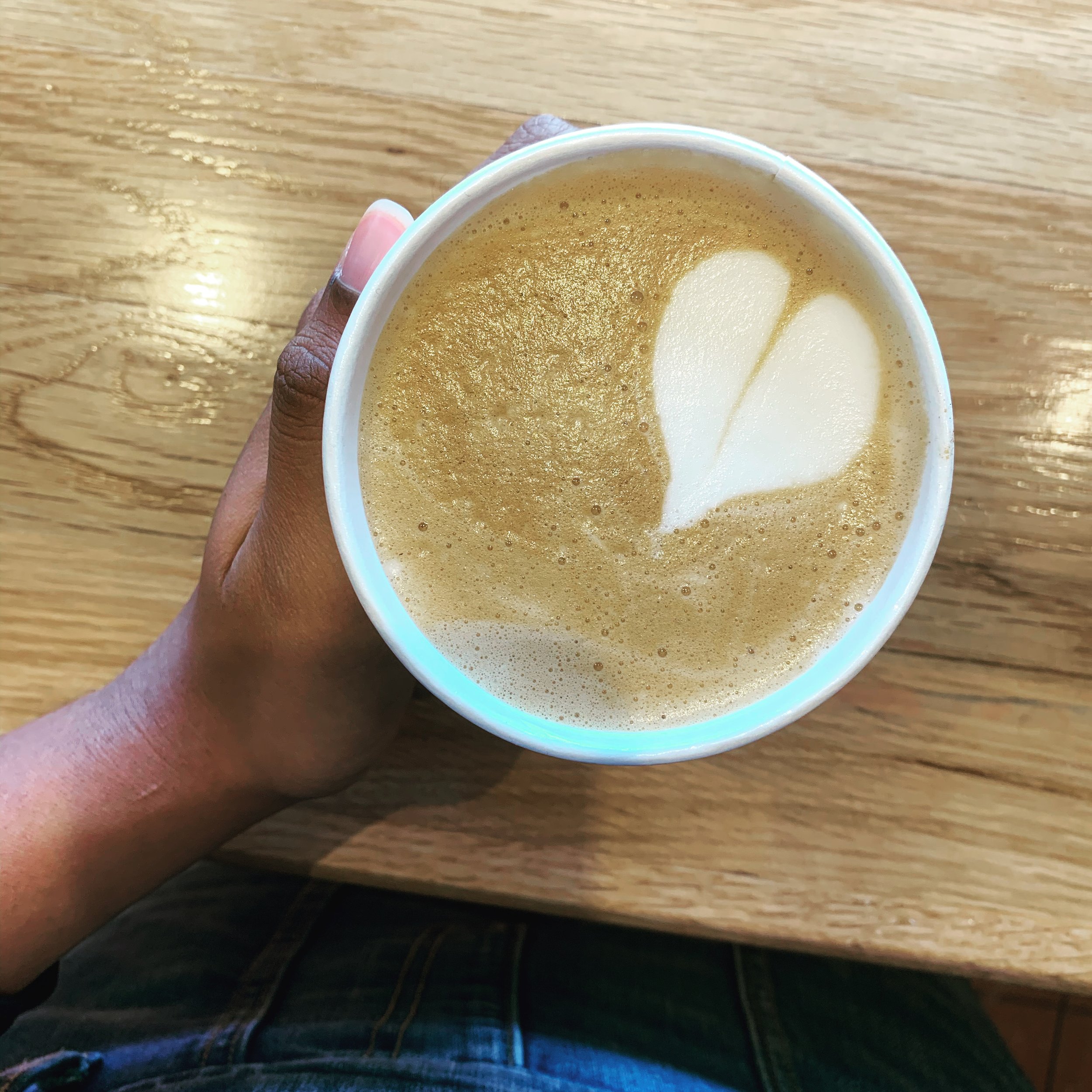The Perfect Latte
If we asked you to describe the perfect latte right now, what would you say? How specific could you get? Maybe you don’t really know the breakdown of what goes into the drink you have everyday, and maybe that’s a good thing–maybe that’s a testament to how seamlessly it all comes together in the cup. Below are a few key aspects of what makes a supreme latte.
The right espresso
Lattes start with a shot of espresso, finely ground coffee portioned and showered with hot water to expel a shot of espresso. The beans used in this preparation of coffee are specifically selected. Espresso beans are not a specific type of bean; this refers to a roast or blend of beans formulated for the optimal shot of espresso. The combination of Arabica and Robusta beans and the way they are roasted is the main vehicle by which flavors are either augmented or muted. Light roasts have fruitier, more piquant dimensions, medium roasts are less so with their rounded-out, balanced flavor profile, and dark roasts are rich and slightly sweet. A great choice for espresso is a medium-dark roast of about 90% arabica and 10% robusta beans. You can tell you’ve got the combo when your shot of espresso drips out with a nice, even light layer (called the crema) on top, a lovely sheen, and of course an exquisite taste.
Milk choice
Technically you could say that the latte comes from Italy, since it’s an Italian term meaning “milk.” However, this basic combination has been around since coffee’s arrival to Europe from the Ottoman Empire–the modern latte in its current form became popular in the United States only in the 1980’s. The differentiating element of a modern latte from a simple mixture of coffee and milk is the generous ratio of steamed milk. The creamy, warm quality of milk tones down the sharp acidity of the coffee. And there are a lot of milks to choose from. Generally, the higher the fat content of your milk choice, the better the steamy foam. Half and half or whole milk creates a thick, fluffy layer great for latte art. Skim, 1%, and 2% taste lighter but foam less. The alternative milks also bring new elements into the mix: soy adds a toasted, steamable richness; almond adds a thin, nutty quality; oat adds a markedly sweet smoothness; and coconut adds thickness and a strong tropical flavor. Is that not enough milk for you? You might also be interested in hemp milk, hazelnut milk, cashew milk, rice milk, banana milk, macadamia milk, pea milk, flax milk…
Putting it all together
The execution of the latte has barista trainees scrambling around the world as you read this. It’s no simple thing to learn! There are a lot of moving pieces. Each espresso machine is a different story. At the start of every day, the machine needs to be “tuned in,” meaning calibrated by means of small adjustments to the grind and the speed and pressure of the water. Steaming the milk takes practice as well. It has to become aerated with heat, but not to the point of burning. Finally, pouring the milk into the espresso is the final display of technique. This is where you can display your creativity and skill in the form of latte art!
Alongside your morning
The perfect latte finds itself not in isolation but in relief, surrounded by other elements of your breakfast or lunch–it should be accompanied by a baked good. Fresh and handmade if possible! We recommend bagels, does that surprise you? After starting your morning with a latte and bagel sandwich, there’s little else you can do better to prepare for whatever comes your way.





